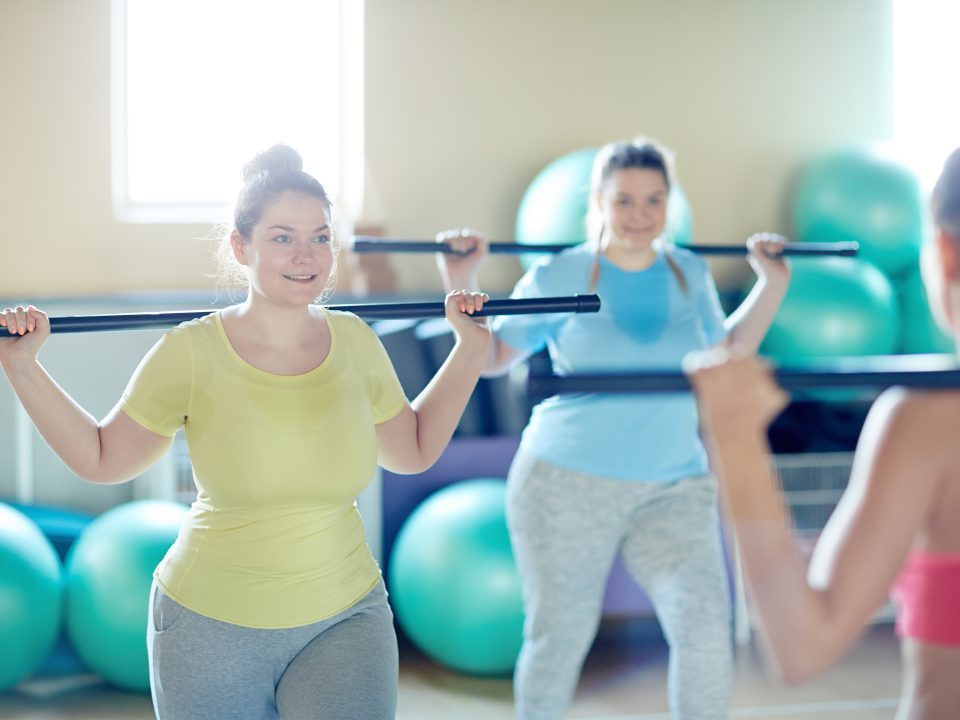Walking, the most undervalued exercise
February 28, 2016Healthy Hot Cross Buns
March 3, 2016The Easter bunny, with a diet of chocolate eggs and hot cross buns, how does he manage to stay so lean and healthy? He knows one exercise secret that gives him an unfair advantage- and that is the benefits of interval training. If you ever watch a bunny, they spend their time grazing here and there, listening out for the sounds of possible dangers, interspersed with brief but dynamic sprints- bounding away with speed and agility that keeps even the stealthiest predators on their toes. Once the danger has passed they return to rest.
In the most basic terms interval training involves something similar, with a short period of time dedicated to exercise, followed by a period of rest, and this is repeated for the desired amount of time. An example of this may be a circuit, with different exercises at each station that you repeat for 30 seconds, with a short rest in between before moving on to the next station, ideally working different muscle groups as you go along rather than the same muscles two stations in a row. The benefits are that rather than a set number of repetitions being performed, you do as many as you feel comfortable doing in that 30 second time frame, so this type of exercise can be suitable for most people, even those with a lower fitness level. If you only get through ten repetitions that’s fine, the next week you see if you can do eleven. The aim is to complete the exercises with good technique and at a pace that suits your fitness level, rather than trying to do as many as possible but push yourself too hard and risk injury or burnout. If you work legs at one station, you can do arms/chest/back/core in the next station, so that even if you are only having thirty seconds or a minute between stations, your muscles are getting longer rests than this between being worked out.
The great thing about this is that you are able to keep burning calories for longer without hitting that point of fatigue, you get a whole body workout, and you make really efficient use of your time, and it’s all at your pace. Body weight exercises (calisthenics) are a fantastic way to work out, you need zero or little equipment, plus you can do them in the privacy of your own home, the gym, or a park, anywhere really. Check out a sample circuit below for beginners, you’ll be surprised how much of this you can do, even if you have very little fitness at the moment- just make sure you’ve gotten the okay for exercise from your doctor.
30 seconds of each- at your own pace.
1: Heel lifts– standing up, feet positioned shoulder width apart, and with a sturdy chair beside you, place your fingertips only on the chair so that you can grab hold in case you lose balance, lift your heels up off the floor so you are slowly going up onto your tiptoes, and then slowly lower back down again. Too easy? Hold dumbells in each hand down by your sides or to your chest, and try it this way (small kids also work a treat for this one, although they are sometimes more wriggly that a dumbbell).
2: Wall pushups– stand facing the wall, with your arms horizontal to your body, hands on the wall shoulder width apart. Slowly bend your elbows so that your upper body moves closer to the wall and your nose is just about touching. Try doing this in front of the mirror the first few times so you can check your spine is staying straight the whole time- you shouldn’t be bending forward at the waist or seeing a dip in your spine- from your ankles to the top of your head should be one straight line the whole time. Too easy? Try moving to the kitchen bench instead of the wall, or a yoga mat on the floor if you are feeling really confident. You can start on bended knees on the floor if you don’t have any injuries or pain.
3: Seated knee lifts– get a sturdy chair, and sitting down move to the front of the chair, and holding on underneath the chair on either side of you, lean back slightly (keeping your back and neck straight as a board) so that your bottom is on the front edge of the chair and your shoulders are almost touching the back rest. Lift one knee up so that your foot comes up off the ground, see if you can bring your foot 20-30cm off the ground, then slowly lower back down to the ground. Repeat with the other foot. Alternate feet for the 30 seconds. Too easy? Try lifting both knees at once. Just make sure you breathe the whole time, and don’t give into the temptation to hold your breath as your muscles contract.
4: Rowing– tie/wrap the middle of a resistance band around a secure object such as a pole or door handle (shut door) that you are confident will be safe, so that you are left with one end of the band in each hand in front of you. These will be your “oars.” Stand with your arms extended horizontally straight in front of you, and then pull back, bending your elbows and pulling your hands towards your chest, completing a rowing action. Gently release, and repeat. Too easy? Shorten your grip on the band so there is less stretch, making it trickier to pull back. Just make sure you keep a firm grip at all times, as the band is elastic and can snap out of your grasp.
5: Step ups– find a slight step (start at around 20cm), and step up with your left foot bringing both feet together on the top of the step, and down with your left foot bringing both feet together on the ground. Repeat, but this time up and down using your right foot. Alternate feet for the duration of the 30 seconds. Too easy? Try strapping weights to your ankles (socks filled with sand work great) or choosing a larger step if your knees let you.
6: Arm circles– remembering to keep hands below heart height at all times, with straight arms, make slow low circles, moving your hands and arms from your sides, directly up in front of you, then horizontally away from each other to your sides (not going above chest height), then behind you, and back to your sides. All of this should be in one smooth circular motion. Then repeat going in the opposite direction. Too easy? Try holding hand weights (or water bottles, cans of food etc.) while you do this to make it trickier.
7: Standing knee lifts– standing beside a sturdy chair, holding onto the back of the chair lightly with your fingertips only in case you need to grab hold if you overbalance. Slowly lift one foot off the ground as high as you can get your knee in front of you, then slowly lower to the ground, but here’s the catch- you aren’t allowed to let that foot touch the ground. Lower it until it’s 1-2cm above the ground, and then repeat the exercise, lifting your knee up in front of you. Do 30 seconds on each leg. Too easy? Take your hands away from the chair, and strap a weight to your ankle.
8: Sit to stand– start sitting comfortably on the front edge of a sturdy chair, back and neck straight, and holding your hands about 20 centimetres in front of your chest with bent elbows, and feet shoulder width apart and flat on the floor. Lean forward, making sure you don’t hunch and find your point of balance, contracting the muscles in your thighs… but then stop. Pause here for a moment so that you can’t use momentum to swing yourself up, and then slowly lift yourself up from the chair to a standing position, and then lower yourself back down to sitting again. Too easy? Do it without a chair, squatting up and down but keeping your spine straight and knees in line with your toes.
9: Biceps curls– sitting or standing, with a straight back, holding a weight in one or both hands with palms facing up, curl your hand up and down again without fully extending your elbow at the bottom.
10: Knee extensions– sitting down, with your back straight, and your heels lifted a little off the ground, and keeping knees together, straighten out one leg until it is horizontal with the ground, and then lower to the floor again. Repeat for each leg, or alternate legs for 30 seconds. Too easy? Try this with ankle weights, or standing up extending your leg out in front of you.





